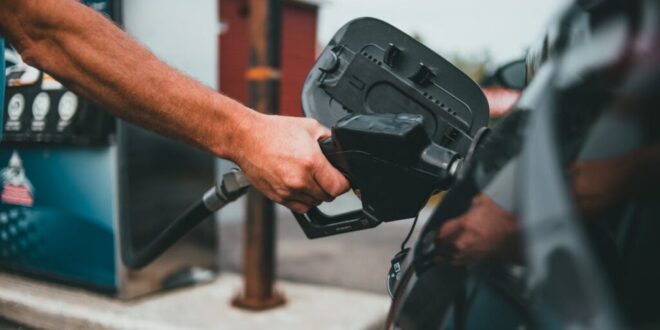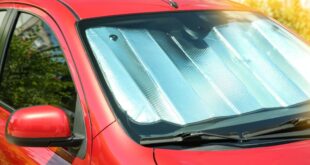Fuel pump. Credit: Erik Mclean, Pexels
Fuel costs are a concern for many drivers across the world; experts have confirmed that driving at a moderate, steady speed can significantly reduce fuel use – along with other tricks.
Backed up by data Natural Resources Canada, Mobil, Shell, and others, new guidance is helping motorists make small changes that can lead to big savings – both at the pump and in emissions for cheaper and greener drive.
What is the optimal speed for saving fuel?
According to Natural Resources Canada, most vehicles are most efficient when travelling between 50 and 80 km/h (31–50 mph). Above this level, fuel consumption continues to increase. Spanish traffic authorities have a different opinion. Dirección General de Tráfico (DGT) specifies that 90 km/h is the sweet spot – provided other driving conditions are optimal.
Around 20 percent more fuel is used when driving at 120 km/h instead of 100 km/h. Similarly, Mobil According to reports, driving at 110 km/h 68 mph burns 25 percent more fuel than 90 km/h 56 mph.
Driving too slowly can also be a bad idea. Mobil notes that going below 50 km/h (31 mph) in low gears increases fuel use, making 50–90 km/h (31–56 mph) the sweet spot on dual carriageways, highways, or autovias.
Simple ways to reduce fuel consumption
Here are some simple driving techniques to help reduce fuel consumption.
-
Accelerate gently
‘The harder you accelerate, the more fuel you use,’ says Natural Resources CanadaIt is recommended that you take about five seconds from a complete stop to reach a speed of 20 km/h (12mph).
-
Maintain a steady rate
The fuel consumption of a vehicle can increase by up to 20% due to speed fluctuations. When driving on hills, use cruise control only when it is safe.
-
Avoid Idling (turn your engine off in traffic jams).
‘A vehicle with a 3-litre engine wastes 300 ml of fuel for every 10 minutes it idles,’ warns Natural Resources Canada. Shell adds: ‘As a rule, if you stop over 10 seconds, switch off your engine.’
-
Instead of braking immediately, coast to slow down.
You are wasting momentum by using brakes. Use your coasting technique to decelerate rather than using the brakes..
-
Inflate your tyres correctly
According to the experts, driving with tyres below 56 kilopascals (or 8 psi), can increase fuel usage by up to 4% and reduce the life of tyres by over 10,000km. Natural Resources Canada. Mobil According to the EPA, tyres that are under-inflated by as little as 10 psi reduce fuel efficiency up to 10%.
Here are some more fuel-saving tricks that actually work
- Lighten your load: ‘Every extra 50 kg increases fuel consumption by 2 per cent,’ notes Mobil.
- When not in use, remove roof racks: Shell They increase fuel consumption by 20 percent and add to the drag.
- Air conditioning can be used wiselyAccording to the report, using air conditioning (AC) can increase fuel usage by as much 20 per cent. Natural Resources Canada. Recirculate the air on motorways for better efficiency.
- Combine errands: ‘Longer excursions let your vehicle’s engine warm up to its most fuel-efficient temperature,’ says Natural Resources Canada.
Keeping your speed between 50–80 km/h (31–50 mph), anticipating traffic, coasting when possible, and cutting unnecessary weight or drag can all help. Backed by global energy and auto experts, these simple changes can reduce your fuel consumption by 15–25 per cent – potentially saving several hundreds of your hard-earned cash each year.
See all the latest motoring news.
 Costa News Spain Breaking News | English News in Spain.
Costa News Spain Breaking News | English News in Spain.





